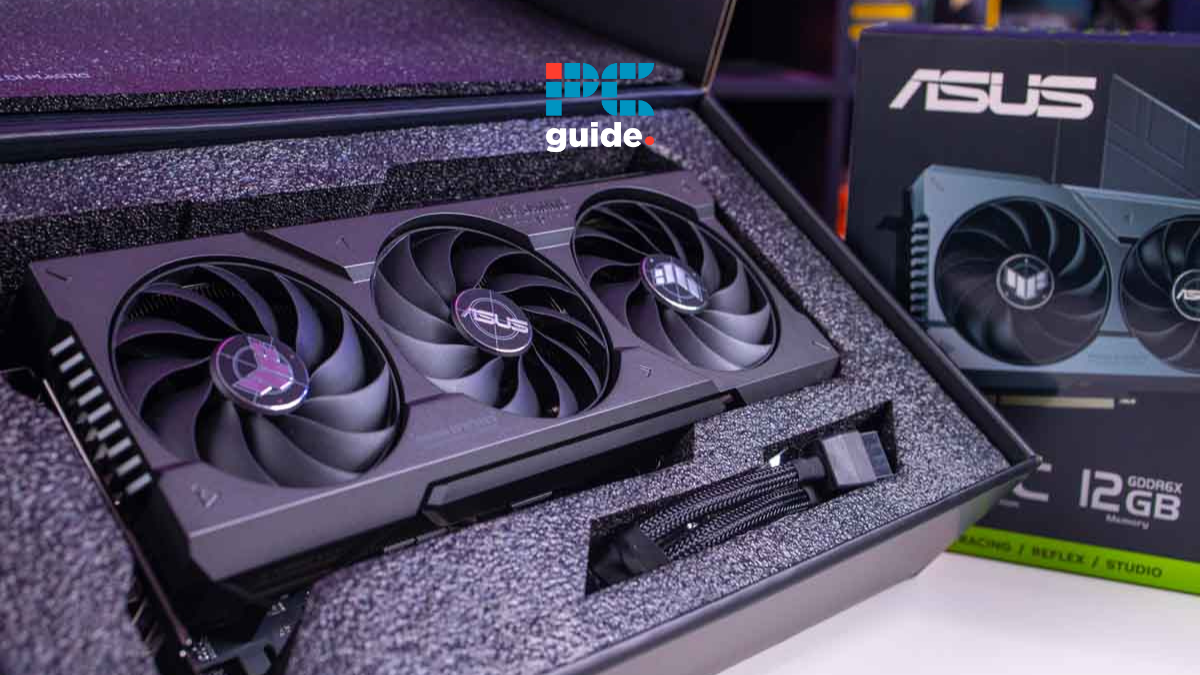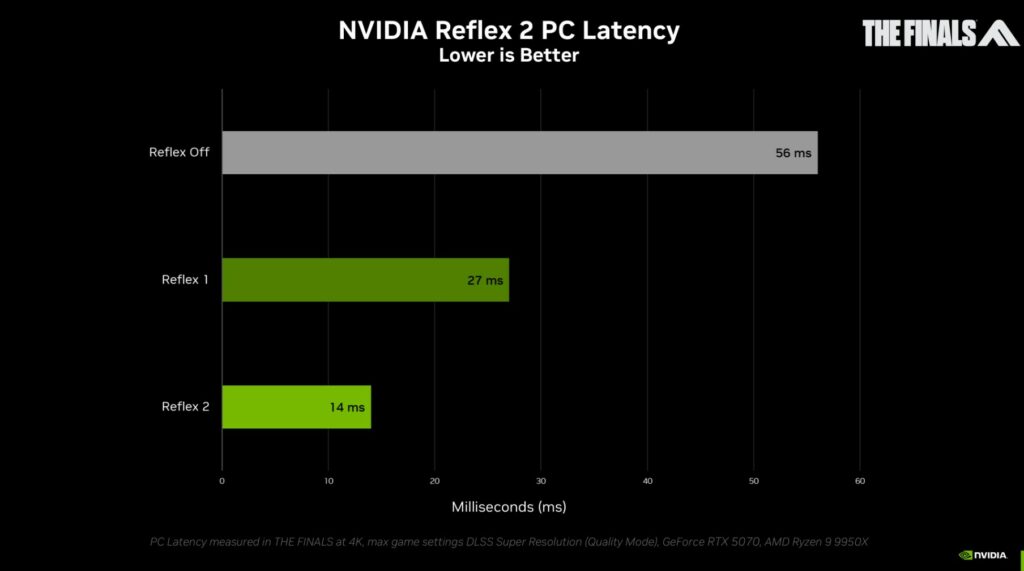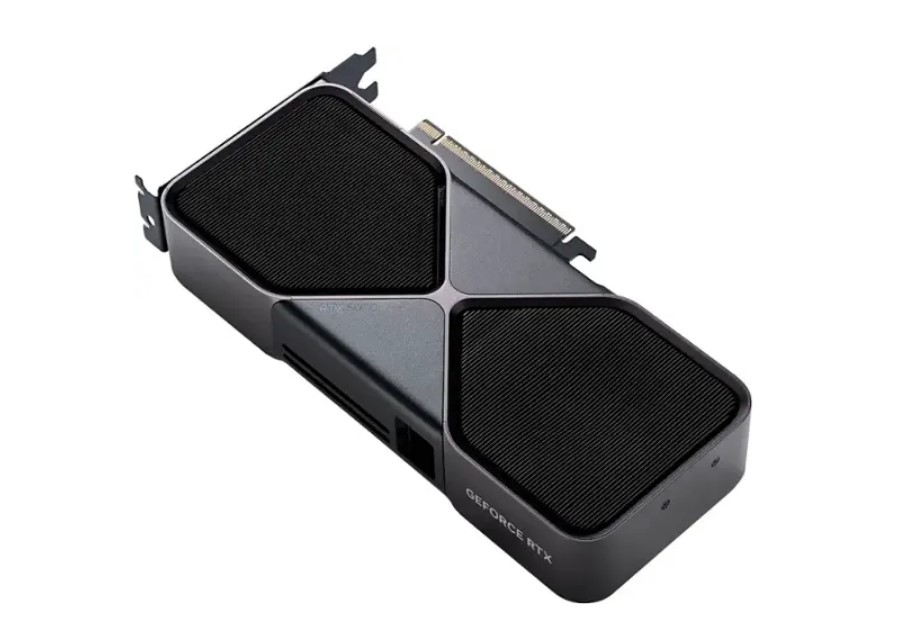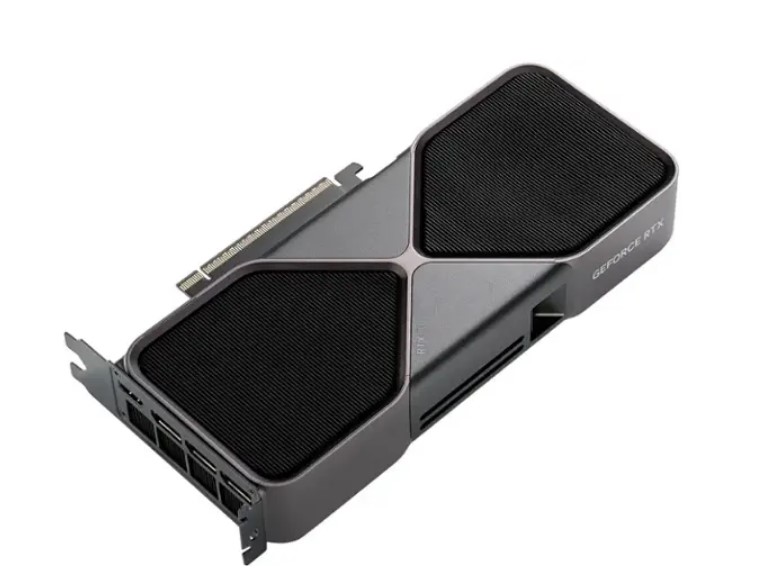RTX 5070 vs RTX 5070 Ti specs comparison – how do they compare?

Table of Contents
The RTX 5070 and 5070 Ti were set for a late February launch, but only the Ti version released with the 5070 slated for March after being pushed back.
Reviews are now live for the RTX 5070 Ti, which means we can finally take a look at some of its benchmarks, after only having Nvidia’s claims of 4090 performance, the initial specs, and a recent synthetic benchmark leak to work from so far.
Prime Day may have closed its doors, but that hasn't stopped great deals from landing on the web's biggest online retailer. Here are all the best last chance savings from this year's Prime event.
- Sapphire Pulse AMD Radeon™ RX 9070 XT Was $779 Now $719
- AMD Ryzen 7 7800X3D Processor Was $449 Now $341
- Skytech King 95 Ryzen 7 9800X3D gaming PC Was $2,899 Now $2,599
- LG 77-Inch Class OLED C5 TV Was $3,696 Now $2,996
- AOC Laptop Computer 16GB RAM 512GB SSD Was $360.99 Now $306.84
- Lexar 2TB NM1090 w/HeatSink SSD Was $281.97 Now $214.98
- Apple Watch Series 10 GPS+ Smartwatch Was $499.99 Now $379.99
- AMD Ryzen 9 5950X processor Was $3199.99 Now $279.99
- Garmin vívoactive 5 Smartwatch Was $299.99 Now $190
*Prices and savings subject to change. Click through to get the current prices.
If you’re weighing up between the 5070 and 5070 Ti, this article should help you decide which one is right for you, but it’ll also give you a bit of an idea of how the cards improve upon the previous generation too, should you be wondering whether to upgrade or not.
Now, be forewarned, the big worry here with the 5070 Ti in particular is whether you can actually grab one at the original (and appealing) MSRP. Right now, it’s looking unlikely, which could be the deciding factor for you. We have a dedicated stock page which could be helpful to check in with from tomorrow, if you’re looking to score one on the day itself – so be sure to check that out.
Spec comparison
We’ve listed their specifications below to see the hardware difference between the two processors.
| Specifications | RTX 5070 | RTX 5070 Ti |
| Cores | 6144 | 8960 |
| Base clock speed | 2.16 GHz | 2.3 GHz |
| Boost clock speed | 2.51 GHz | 2.45 GHz |
| Memory | 12GB GDDR7 | 16GB GDDR7 |
| Memory interface | 192-bit | 256-bit |
| Bandwidth | 672 GB/sec | 896 GB/sec |
| TDP | 250W | 300W |
| Power connector | 2x PCIe 8-pin cables or 300 W or greater PCIe Gen 5 cable | 2x PCIe 8-pin cables or 300 W or greater PCIe Gen 5 cable |
| Release date | March 2025 | February 2025 |
At a glance, these two cards are different in exactly all the areas you'd expect. The RTX 5070 Ti has more CUDA cores, VRAM, and a higher bandwidth. Due to these aspects, it also consumes more power than the RTX 5070, but we'll take a look at these differences independently to see what they mean in terms of performance.
Memory
The most important difference between these cards is the memory capacity. The RTX 5070 has 12 GB GDDR7, while the RTX 5070 Ti has 16 GB GDDR7. This automatically favors the Ti variant as more VRAM means more data can be processed at any given moment, which increases the GPU's performance and efficiency.
Also, rendering frames at high resolutions, such as 4K, requires more VRAM and many in the community aren't happy with the RTX 5070's 12GB VRAM even if the memory type offers more bandwidth and faster output. So, there is a good likelihood that the RTX 5070's sweet spot will be 2K at native and can push 4K with DLSS 4, while the RTX 5070 Ti should have an easier time rendering 4K frames.
Memory interface width
The memory interface width is the bit connection between the motherboard and the GPU. The higher the bandwidth, the more information can travel to and from the GPU, meaning better efficiency and performance overall.
The RTX 5070 has a 192-bit connection, while the RTX 5070 Ti has a 256-bit connection. This means that the 5070 Ti should be able to process more data easily, resulting in better output in gaming and other workflows.
Cores
Another major difference between these graphics cards is the number of CUDA cores. The RTX 5070 has 6,144 cores, and the RTX 5070 Ti has 8960 cores. CUDA cores are responsible for all the processing inside a GPU and generally have slower clock speeds than a CPU’s cores.
This is because GPU cores, whether they are CUDA cores from Nvidia or Stream Processors from AMD, are highly specialized in one task and can handle heavy data sets in parallel. So they aren't multitasking and can work with a slower clock speed.
That being said, the RTX 5070 Ti has 2816 more CUDA cores, which translates to better performance, and you can also overclock the GPU to increase the clock speed of the cores, which will also boost its performance but at the cost of more power consumption and heat generation.
Features
Nvidia also focuses heavily on the software side, especially in AI, which might explain why they claim that the RTX 5070 can compete with the RTX 4090, even though the RTX 4090 has the edge in terms of hardware.
During CES 2025, Nvidia unveiled the next iteration of DLSS 4, which offers a massive increase in framerates. DLSS is an AI upscaling technology that renders frames in lower resolutions and then upgrades them to a higher resolution using AI.
At launch, both of these GPUs will have DLSS 4. What sets it apart from previous generations is its Multi Frame Generation, which takes in-game performance to the next level. This feature is exclusive to the RTX 50-series cards.
Nvidia showcased a video on their YouTube channel demonstrating the performance difference between the DLSS generations and DLSS 4 truly is on another level. In the video, Cyberpunk 2077 is running, and it has 27 FPS, which increased to 71 FPS with DLSS 2 and almost doubled to 141 FPS with DLSS 3.5. However, with DLSS 4, the framerates went up to 247 FPS.
This is nothing short of incredible and is a testament to how far AI upscaling has come, but it doesn't end there. Nvidia also announced Reflex 2, which works to reduce system latency, giving you a competitive edge in FPS games. It also makes the response quicker, resulting in a smooth single-player gaming experience. It also introduces a new technology, Frame Wrap, which warps the camera position based on the mouse input to reduce the latency and display the rendered frame quickly.

Using this technology, Nvidia demonstrated the system latency for The Finals, and the latency with Reflex off is 56 ms, while with Reflex 1, it went down to 27 ms. However, with Reflex 2, there is almost a 50% decrease in response time with 14 ms. So, if you're a competitive gamer, Reflex 2 should give you more control over your in-game movement, but this feature will only be available for the RTX 50-series GPUs and be introduced later for previous generations.
Performance
Reviews are now in for the 5070Ti, but of course we’re still waiting on the 5070 to complete the whole picture – and we’d like to see for ourselves how the 5070 Ti gets on in our own testing lab too – so stay tuned for that. For now, here’s a breakdown of how the 5070 Ti performed in various benchmarks from different reviews.
The general consensus is that the 5070 Ti offers decent improvements over the 4070 Ti and is comparable to a RTX 4080 in terms of performance. Interestingly, the 5080, according to some benchmarks, is around 12% faster at 1440p and around 15% faster at 4K, but comes in at a fairly steep price point in comparison.
Some of the standout benchmarks for the 5070 Ti included its performance with Cyberpunk 2077. Without DLSS 4 and Multi-Frame Gen, at 4K ultra settings with Ray Tracing on it only hit 15 fps – which is pretty awful. Once you switch DLSS 4 and MFG on, you can get it to 110 fps, which is seriously impressive.
In terms of 1440p performance, the card seems to shine more brightly as expected. It was recorded getting 33fps with no DLSS or frame-gen, and full Ray Tracing, but again reached 196fps with these switched on. Once more, DLSS 4 and MFG to the rescue – something we saw with our 5080 review too.
It’s likely we’ll see DLSS 4 and Multi-frame generation bail out the 5070 on specific games, but we’d expect poorer ‘raw’ performance based on the lighter specs. That being said, it looks like the 5070 Ti is an obvious choice for those upgrading from an RTX 4070 Ti, or even an 4080 Super for that matter. The big question is whether it will be worth the money – as it’s already becoming difficult to find at MSRP.
RTX 5070 vs. RTX 5070 Ti – price comparison
The RTX 5070 and 5070 Ti is set to launch with an MSRP of $549 and $749, respectively. If we go back a generation, the RTX 4070 and 4070 Ti had a price tag of $599 and $799 on launch, so despite the improved hardware and software, the RTX 5070 and 5070 Ti saw a $50 decrease in price, which is a step in the right direction from Nvidia.
But the reality of the situation may well be different, as we’ve seen with the RTX 5080 and 5090 release. In short, stock issues have yet again plagued these releases and left many with AIB options that are well over MSRP for both cards. There are a number of RTX 5070 and RTX 5070 Ti AIBs set to hit the market from all the usual suspects, but it’s almost guaranteed these will be more pricey. Case in point, one ASUS RTX 5090 is going for over $3000, compared to the FE price of $1999.99!
In fact, even before the launch, someone has already overpaid to get their hands on the 5070 Ti. The Reddit user didn’t confirm how much they paid but that it was above the MSRP. Considering that some German retailers have listed it for at least €1,149.00, it might be a sign of the trend continuing on these lower-tiered cards. Especially, as the 5070 Ti is not going to have an FE model to provide an MSRP option.
Early impression
Overall, the RTX 5070 and 5070 Ti look like solid mid-range cards. While the hardware improvements are good, features like DLSS 4 and Reflex 2 really put them ahead of their predecessors and seemingly enable them to compete with the previous flagship.
That being said, we expect both of these cards to deliver good performance at 1440p and 4K leveraging these technologies, but the RTX 5070, with its 12GB VRAM and 192-bit connection, might not be the go-to option for more as you can get more VRAM and better performance by paying $200 more for the RTX 5070 Ti.




